Fighting Climate Change and Unhealthy Air, California Wants to Electrify Trucks, Too
Union of Concerned Scientists
SEPTEMBER 26, 2022
Beginning in 2027, the ACF would require all new medium- and heavy-duty vehicles purchased by public agencies to be emissions-free, including large work trucks and vans, street sweepers, vacuum trucks, and other similar vehicles. There are more than 1.8 pollution from vehicles. Public Agency Fleets.

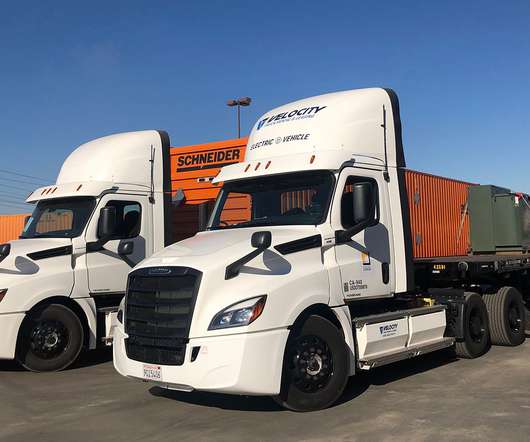
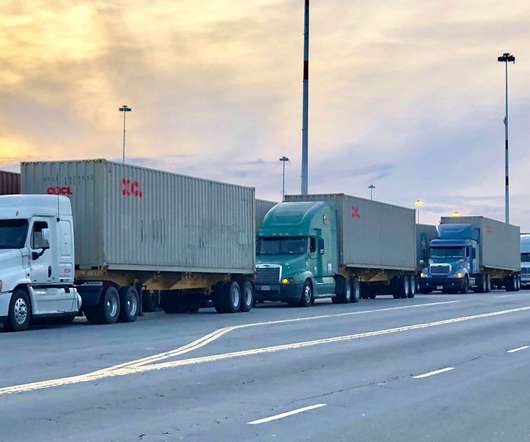
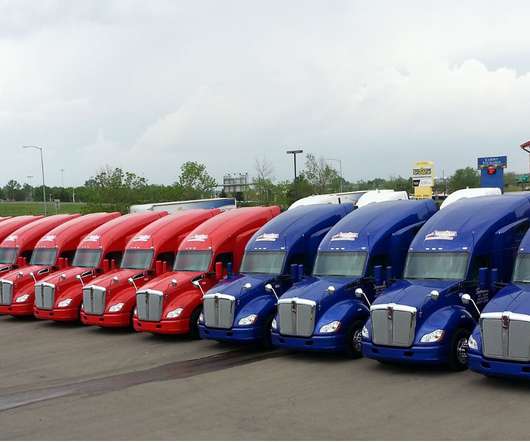
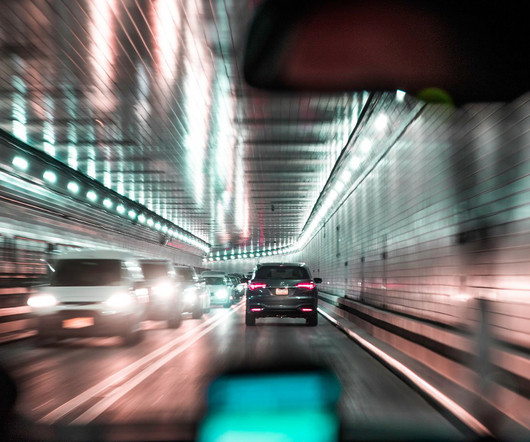

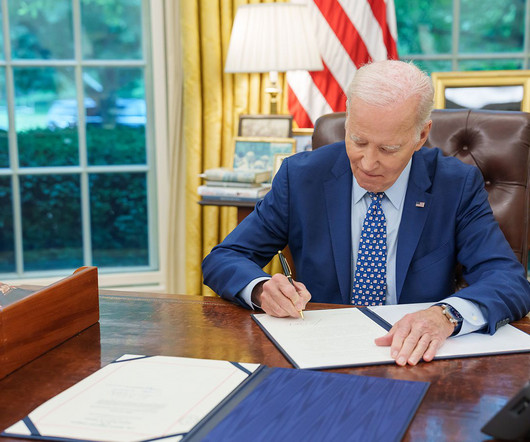
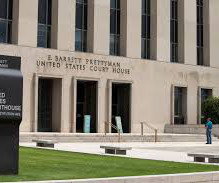






Let's personalize your content